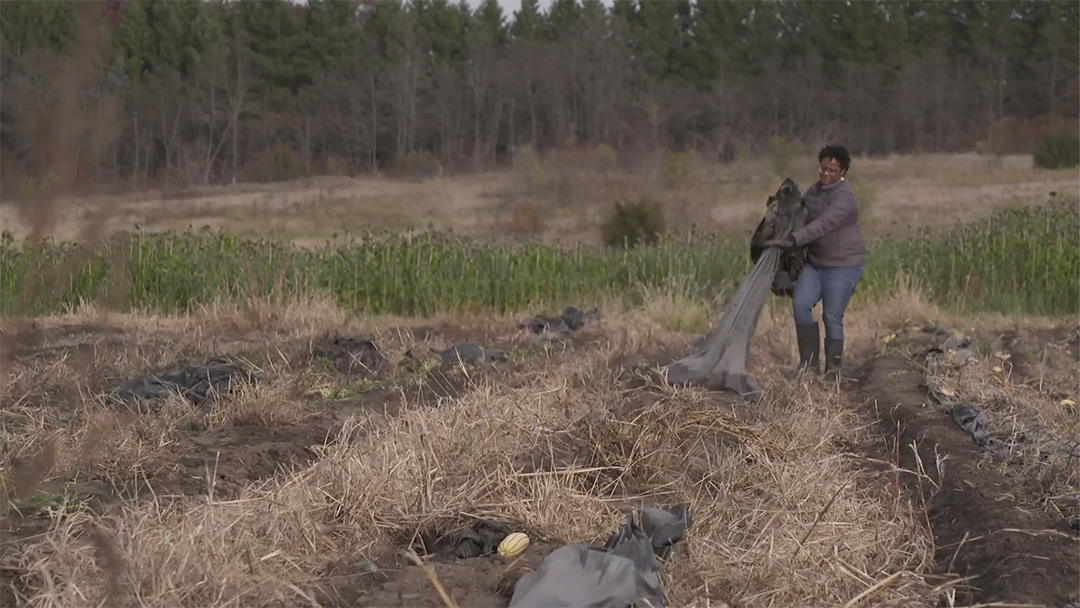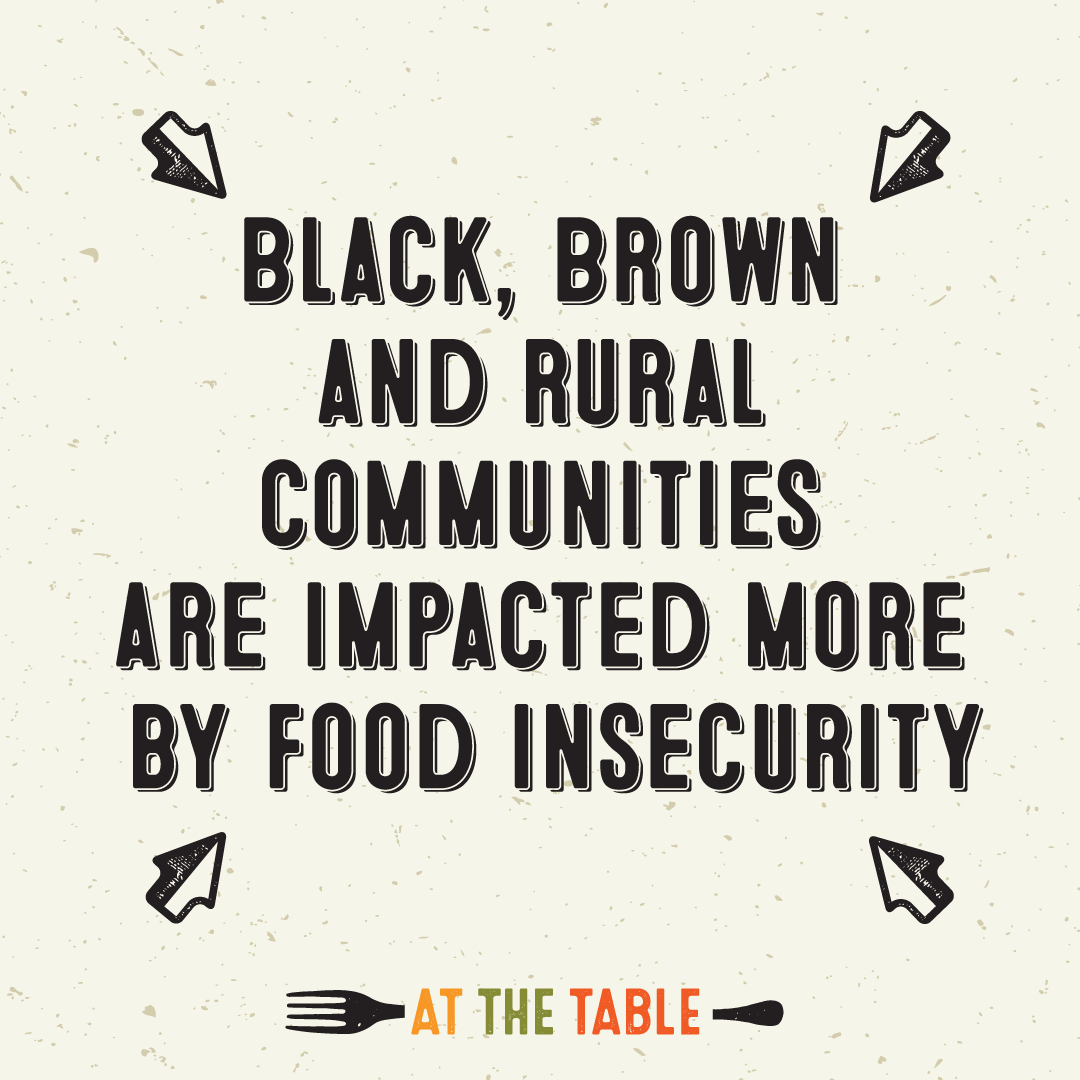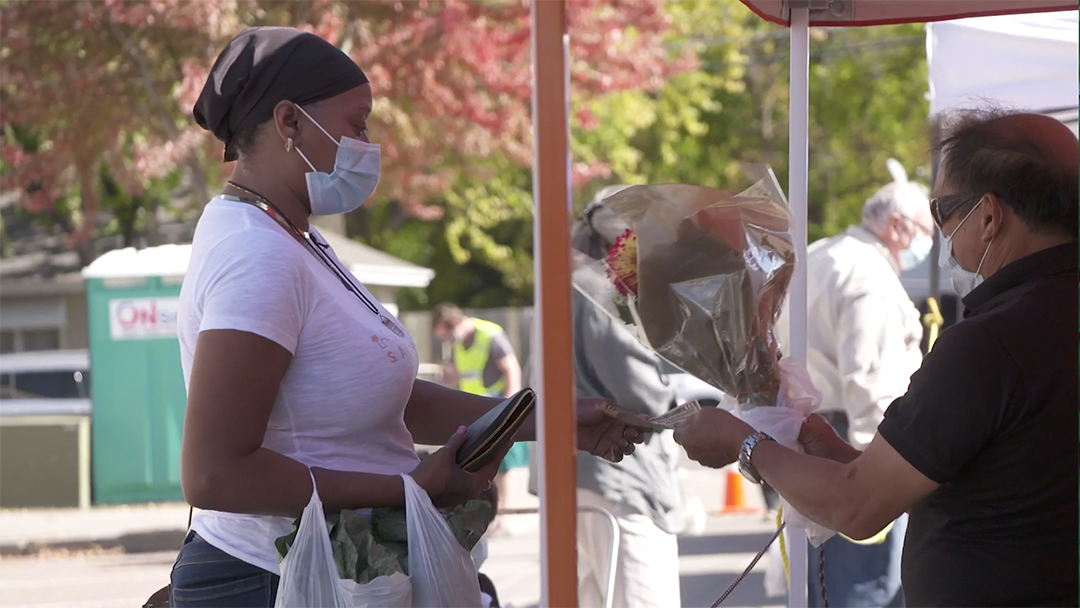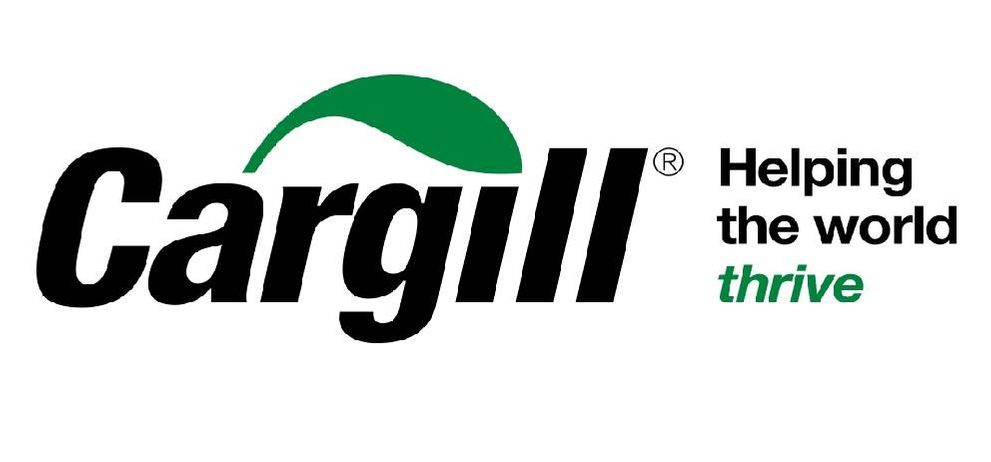Our food system doesn't work. So what can we do about it?
A FULL-SERVICE SYSTEM
“In the heartland, we have more than enough food to go around,” says Allison O’Toole of Second Harvest Heartland. “Our current food system isn’t working. It’s a logistics problem. It’s about connecting.”
But those connections can be complicated. From farming and agriculture, to grocery stores and retailers, to food service workers and customers, the ways our food system works are informed by policy.

Take agriculture, for example. Crops like corn, soybeans and wheat tend to earn farmers far more per acre than most types of fresh produce. And like so many systems created by policy, that can be problematic.

“We have a system that was designed,” says Sophia Lenarz-Coy of The Food Group. “It was designed to benefit some groups at the expense of other groups.”
Big River Farms (a program of The Food Group) is a farm incubator near Marine-on-St.-Croix that leases acreage to women, BIPOC and new American farmers – groups of people that are historically underrepresented when it comes to farm ownership.
Faro Jones is a dietician and farmer who started growing a variety of organic produce at Big River. In the last two years, her plot at Big River Farms has expanded because of her own hard work and investment.
“Farming is not easy,” says Jones. “I’m farming because it’s important.”

“I think race affects everything that you do, starting from the time you’re born, from the time you leave this earth,” says Jones. “Every aspect of your life, your race is a part of it, and of course it affects the type of loans that you get and your access to land. So I think it’s still a factor.”
Historically, farms have been passed down from generation to generation. In Minnesota, like all other states, a vast majority of farms have been owned and passed down by white families. Because farmland is so valuable, it’s also wildly expensive – in ways that can be prohibitive to new farmers of all races trying to get started.
Jones sells her produce to farmers markets and food banks, and finds other markets where she can. Jones knows from experience that to grow a farm, farmers must invest in their own businesses. She’s also passionate about making sure her own community has greater access to healthy foods, and as a dietician has seen how lack of access can have detrimental health effects like diabetes and obesity – even in children as young as 7.
NOT BROKEN. BUILT.
“The food system being broken is a really common phrase that you’ll hear,” says Lenarz-Coy. “And I remember I was once in a room with a group of people and someone said, ‘The food system isn’t broken; it was built.’”
Years of public policy have shaped how the food system currently functions. But if we can change the paradigm and instead work toward a values-based food system, then consumers, organizations and policymakers might just focus the conversation on a more solutions-based approach.

“A lot of it is rooted in these very systemic and institutionalized practices,” says Adair Mosley of Pillsbury United Communities. “We have to start to reframe how we define worth. Healthy food access and investment in community – these basic necessities that no community should go without.”
Mosley sites disinvestment as a contributing factor to a lack of access to healthy foods, while recognizing that food justice starts with the grower.
“I don’t think you can be a champion or an ally of food justice if you don’t think about the entire ecosystem,” says Mosley. “So that’s thinking about the individual that picked the crop, that grew it, so we have to have justice on that end. I think the more people understand the source and that the worker that touched that was paid a fair and livable wage – that they were treated fairly and just – is as important as the product that’s coming into the store.”
“IT’S ABOUT INVESTING.”
Finding solutions to deep-rooted systems can seem daunting. But for those working in the food system, it comes down to one solution: investing.
“For me, it’s really about investing,” says Lenarz-Coy. “So it’s about investing dollars to sort of correct some of those imbalances. And strategic investments can happen at a really “big P” policy level or they can be done at an organizational level. So at The Food Group, what we’re thinking about a lot is how do we purchase from farmers of color? How can we buy their food at the wage they deserve and distribute that out to folks who need it?”
Individual consumers can also invest their buying power to support local growers, including farmers of color. Buying fresh produce directly from farmers at farmers markets or through community supported agricultural (CSA) programs ensures that 100% of those dollars directly benefit the farmers instead of to wholesalers and distributors. And sometimes, that means being willing to pay extra.

“We should certainly, at any time that we can, buy local,” says Ethan Neal of Pillsbury United Communities. “But the thing about it is, we’re in this weird dichotomy where we need food to be more affordable, but at the same time, a lot of farmers, they need that food price to be higher so they can pay for their inputs and pay for their lands. And so it is this weird dichotomy about the value of food.”

This story is part of the Twin Cities PBS original series At The Table, which examines social and systemic issues within our food environment. Funding provided by the Cargill Foundation.
Hunger takes many forms in Minnesota: Parents skip meals so their children can eat, they water down milk so there’s enough to go around or they make soup out of ketchup packets. But when it comes to how we talk about the lack of steady access to fresh, healthy foods, buzz words abound – food deserts, food swamps, food access. So what does the term “food insecurity” mean in Minnesota?
Wondering what kind of good work is unfolding to tackle food justice across the country? Check out the efforts led by these three change-makers who seek out ways to promote ancestral connection and spirituality through agricultural projects.
George Floyd’s police killing has brought together communities in a show of resilience – but it’s also revealed deep-seated racial inequities in access to healthy food now that the Lake Street area, where many grocery stores were damaged or destroyed, has become a food desert. Almanac reporter Kyeland Jackson examines how that lack of food access is actually rooted in racism-charged issues related to access to jobs and opportunities to build wealth.
